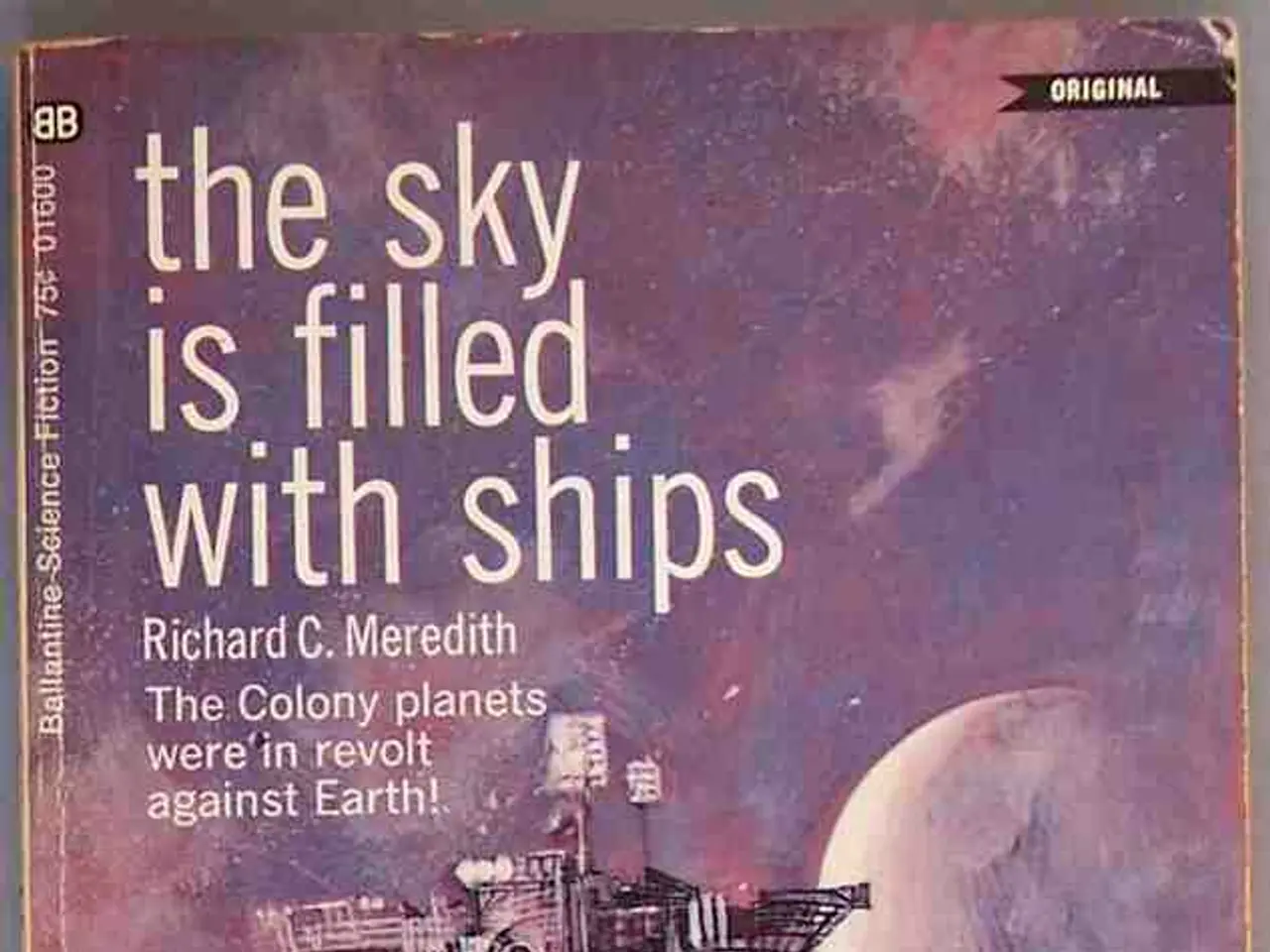Debris from a Shattered World: Is the Asteroid Belt Remnants of a Missing Planet, or an Unknown Phenomenon?
The asteroid belt, a region between Mars and Jupiter, is home to millions of rocky bodies ranging from tiny pebbles to dwarf planets like Ceres. But what exactly is the origin of this celestial body?
Early theories suggested the asteroid belt could be the remnants of a destroyed planet, known as the exploded planet hypothesis or Phaeton hypothesis. However, modern understanding challenges this notion.
A more plausible theory is that the asteroid belt is made up of material that never formed a planet in the first place, known as the primordial material or leftover building blocks hypothesis. This theory is supported by the chemical composition of asteroids, which varies considerably, suggesting they formed in different locations and under different conditions.
The modern understanding of solar system formation, known as the nebular hypothesis, also supports this view. It suggests that the asteroid belt is made up of leftover gas and dust from the solar nebula.
The migration of the giant planets is thought to be responsible for a period of intense bombardment in the early solar system, known as the Late Heavy Bombardment. This planetary migration could have had a significant impact on the asteroid belt, further disrupting the planet formation process.
Jupiter's immense gravity perturbed the orbits of planetesimals in the asteroid belt region, increasing relative velocities and causing violent collisions that shattered many of the planetesimals, preventing them from coalescing into a larger body. This is further evidenced by the low mass of the asteroid belt, even including the largest object, Ceres, which is only about 4% of the mass of Earth's Moon.
The distribution of asteroids within the belt is not random, with distinct gaps known as Kirkwood gaps. These gaps correspond to orbital resonances with Jupiter, indicating Jupiter's long-term influence on the asteroid belt's structure. Jupiter's gravity also ejected a significant amount of material from the asteroid belt region, further reducing the total mass available for planet formation.
Computer simulations of planet formation, incorporating the gravitational effects of Jupiter, consistently show that a planet is unlikely to form in the asteroid belt region. Analyses of meteorites provide further evidence that the asteroid belt objects didn't come from a single, exploded object.
The hypothesis of a planetary explosion as the origin of the asteroid belt was not clearly attributed to a specific scientist or group in the provided sources. However, it is clear that the asteroids we see today are the remnants of the original planetesimals, battered and fragmented, but never part of a complete planet.
During the Late Heavy Bombardment, a large number of asteroids and comets were flung inward, impacting the inner planets, including Earth and the Moon. Evidence of many such collisions are readily present on the Moon. The energy required to blow apart an entire planet is astronomical, and no known natural process could accomplish such a feat.
In conclusion, the asteroid belt is not the remnants of a destroyed planet, but rather leftover building blocks from the solar nebula, whose formation was disrupted by the migration of the giant planets and the gravitational influence of Jupiter.
Read also:
- Understanding Hemorrhagic Gastroenteritis: Key Facts
- Stopping Osteoporosis Treatment: Timeline Considerations
- Tobacco industry's suggested changes on a legislative modification are disregarded by health journalists
- Expanded Community Health Involvement by CK Birla Hospitals, Jaipur, Maintained Through Consistent Outreach Programs Across Rajasthan








